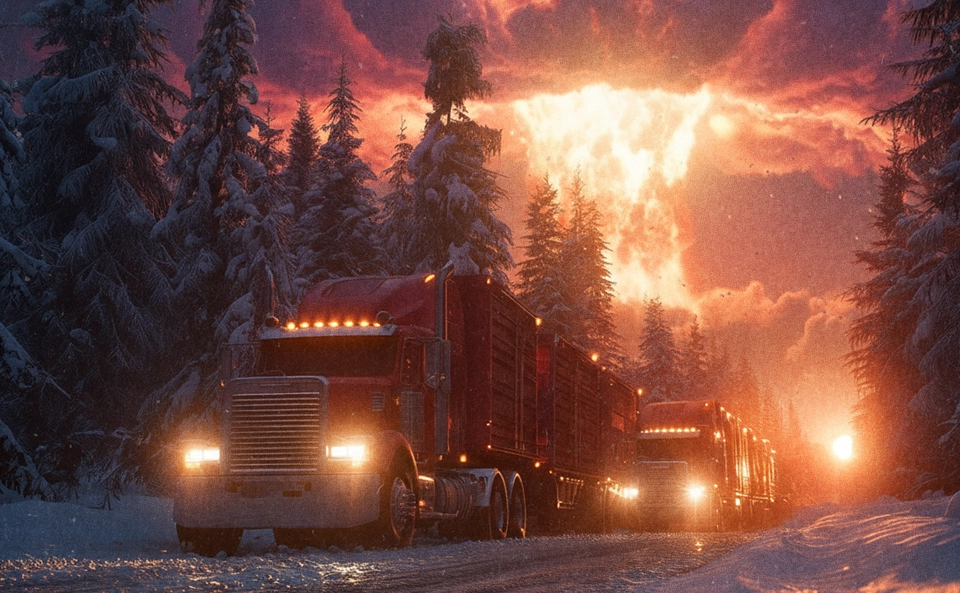Coca-Cola’s new holiday ad landed with the usual fanfare. For years, their seasonal campaigns have functioned like a cultural cue—familiar, warm, and reassuring. This year was different. The brand leaned deep into AI-generated imagery, and audiences felt the shift immediately.
People weren’t just pointing out visual oddities. They were reacting to something subtler: the feeling that the ad had lost the emotional weight Coca-Cola usually brings to the season. The images were polished, but the warmth felt distant. And while the technology behind the spot was cutting-edge, the reception made one thing clear—viewers weren’t responding to the novelty.
They were responding to the intention.
The moment a legacy brand reaches for AI, the public asks an unspoken question: Why? If the answer looks like efficiency instead of meaning, trust softens. And trust—not fidelity—determines how audiences read the work.
What This Teaches Us About Expectations
Large brands operate under the weight of their own stories. Their campaigns aren’t just advertisements; they’re continuations of a long-running narrative. That history creates a kind of responsibility. When the tone shifts, people feel it.
So the critique of the Coke ad isn’t a referendum on AI’s capability. It’s a reflection on what people expect from a brand whose identity is built on warmth, craft, and nostalgia. When a tool disrupts that lineage, even slightly, the audience notices the seam.
This gives us a simple but useful insight:
A tool doesn’t create trust. A story does.
And that story lands differently depending on who’s telling it.
Why Small Brands Play by Different Rules
When a major global brand uses AI, the move is often read as a shortcut. When a small brand uses AI, the same choice reads as resourcefulness.
That difference changes everything.
A small brand experimenting with AI isn’t breaking tradition—it’s building possibility. Audiences don’t expect a local coffee shop, a family-run service business, or an emerging product line to produce studio-caliber work. When they reach for ambitious visuals or expressive storytelling, people tend to interpret it with generosity.
The message becomes: You’re trying something bold. Good for you.
That goodwill creates room to explore. It gives small teams space to discover a visual language that would have been financially unreachable only a few years ago.
What AI Makes Possible Now
For most of modern marketing history, high-level storytelling was a matter of budget. Cinematic lighting, custom photography, motion graphics, and detailed product imagery required teams, gear, and time. Small brands were often boxed into templates, stock art, and compromises.
AI shifts that landscape.
A small team can now:
- create expressive visuals that feel intentional,
- explore styles without committing to production costs,
- shape short-form videos with emotional tone,
- prototype packaging and product imagery,
- and develop a cohesive aesthetic that feels truly theirs.
These aren’t shortcuts—they’re new forms of access. They allow smaller brands to meet audiences with work that feels considered rather than constrained.
And importantly, they allow experimentation without the same reputational risk that large brands face.
A Lesson Hidden in the Backlash
The response to Coke’s ad isn’t a warning against AI. It’s a reminder that audiences read technology through the lens of intention. They want to sense the human hand—whether that hand drew, directed, or simply chose thoughtfully.
Where large brands wrestle with expectations, small brands have space to define themselves. They can show curiosity. They can take risks. They can use AI not as a replacement for human sensibilities, but as a companion to them.
In that sense, the future of AI in branding isn’t about perfection. It’s about possibility.
And the brands most prepared to explore those possibilities aren’t the ones with the biggest budgets—they’re the ones with the clearest sense of why their story matters in the first place.

